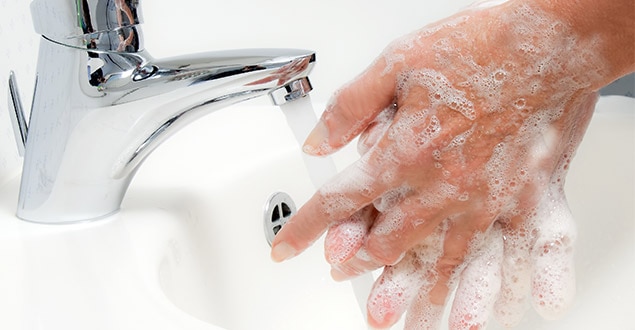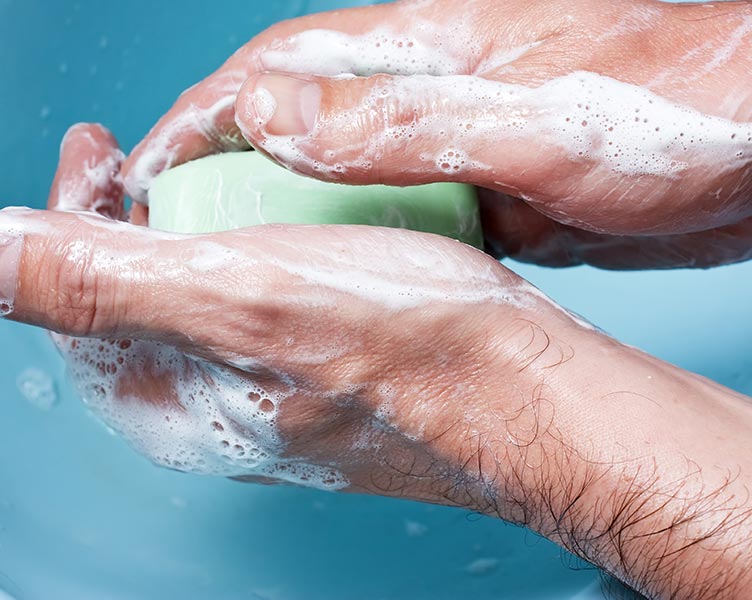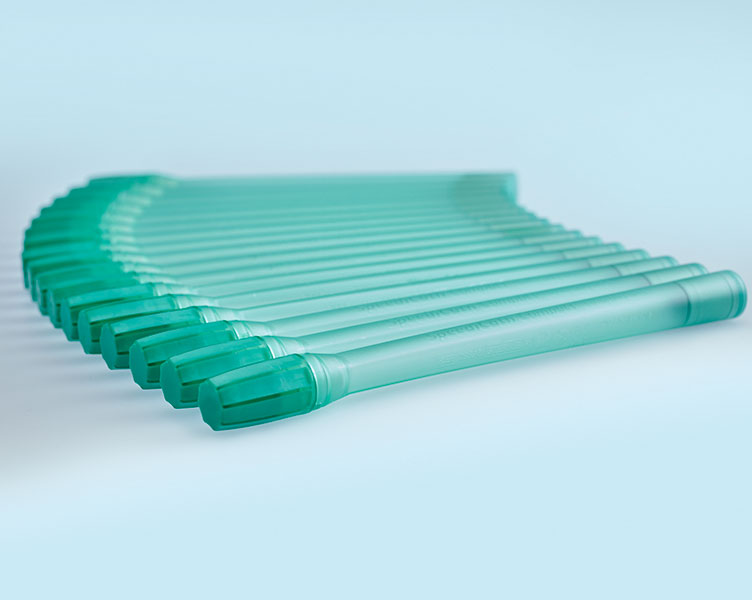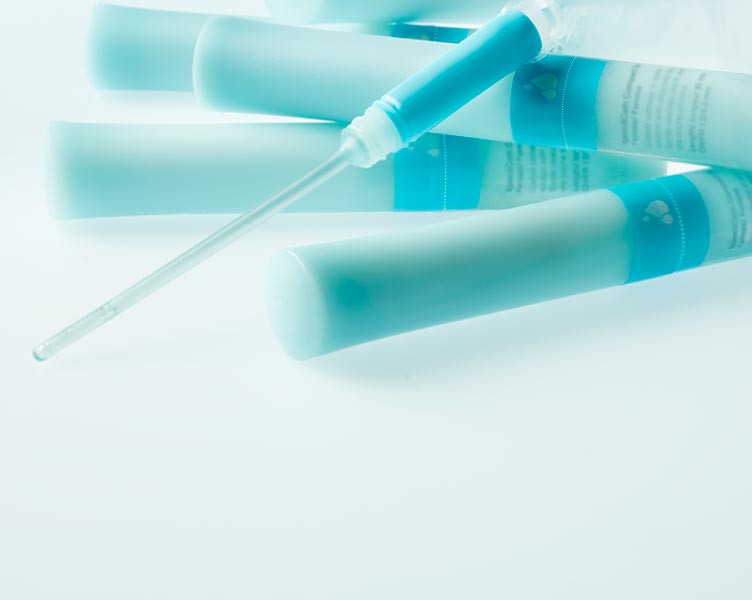Samantha: I always carry baby wipes with me to clean myself. I prefer those to toilet paper. I always wash my hands before and after catheterising. I feel like clean hands are key to maintaining a healthy bladder.
Even though using a single-use catheter reduces the likelihood of infection compared to an indwelling catheter, it is still essential that you maintain good hygiene.
Wash your hands
Soap and water is fine - a hand sanitiser or alcohol free wipes can be used instead if you are somewhere where water is not available. Avoid the use of tank water as this can contain bacteria. Once you have washed your hands, set up all of your equipment needed for catheterisation.
Cleanse genital area
Make sure you clean around your urethra as you were shown by your healthcare professional. Use soap and water or an alcohol free wipe. Once this is done, wash your hands again. Do not touch anything else apart from your catheter after you have washed your hands for the second time. It is a good idea to use your dominant hand to insert the catheter and your other hand to touch anything else needed.
What if I'm in a public bathroom?
The same rules of hygiene apply everywhere - both at home and when out and about. If you need to touch anything after you wash your hands, it's important to use hand sanitiser or wash your hands again immediately prior to insertion.

How often should I discard my catheter?
According to international guidelines it is recommended to use a new sterile catheter each time you perform intermittent catheterisation. The reason for this is to maintain good bladder health.
Watch the instruction videos on how to insert a catheter (male and female), where optimal hygiene before and after is introduced. You'll find them in our 'How to use different products' theme.



